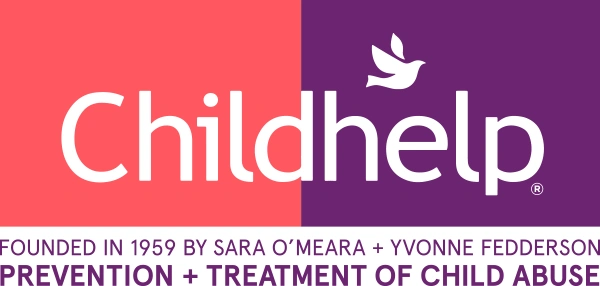Child neglect is when a parent or caregiver does not give the care, supervision, affection and support needed for a child’s health, safety and well-being. Child neglect includes physical neglect and inadequate supervision, emotional neglect, medical neglect and/or educational neglect.
Physical Neglect: Children need enough care to be healthy and enough supervision to be safe. Adults that care for children must provide clothing, food and drink. A child also needs safe, healthy shelter, and adequate supervision. Examples of physical neglect include:
- Deserting a child or refusing to take custody of a child who is under your care
- Repeatedly leaving a child in another’s custody for days or weeks at a time
- Failing to provide enough healthy food and drink
- Failing to provide clothes that are appropriate to the weather
- Failing to ensure adequate personal hygiene
- Not supervising a child appropriately
- Leaving the child with an inappropriate caregiver
- Exposing a child to unsafe/unsanitary environments or situations
Emotional Neglect: Children require enough affection and attention to feel loved and supported. If a child shows signs of psychological illness, it must be treated. Examples of emotional neglect include:
- Ignoring a child’s need for attention, affection and emotional support
- Exposing a child to extreme or frequent violence, especially domestic violence
- Permitting a child to use drugs, use alcohol, or engage in crime
- Keeping a child isolated from friends and loved ones
Medical Neglect: Some states do not prosecute parents who withhold certain types of medical care for religious reasons, but they may get a court order to protect the child’s life. Parents and caregivers must provide children with appropriate treatment for injuries and illness. They must also provide basic preventive care to make sure their child stays safe and healthy. Examples of medical neglect include:
- Not taking child to hospital or appropriate medical professional for serious illness or injury
- Keeping a child from getting needed treatment
- Not providing preventative medical and dental care
- Failing to follow medical recommendations for a child
Educational Neglect: Parents and schools share responsibility for making sure children have access to opportunities for academic success. Examples of educational neglect include:
- Allowing a child to miss too much school
- Not enrolling a child in school (or not providing comparable home-based education)
- Keeping a child from needed special education services
SIGNS OF Child neglect
There is no “smoking gun” for most child neglect. While even one instance of neglect can cause lifelong harm to a child, neglect often requires a pattern of behavior over a period of time.
Signs in a Caregiver: There is no “typical neglectful parent.” Nevertheless, certain indicators may suggest a parent or caregiver needs help to nurture and protect the child or children in their care. Examples of such signs are:
- Delays in development
- Wetting bed, pants
- Speech disorders
- Health problems like ulcers, skin disorders
- Obesity and weight fluctuation
Signs in a Child: While a single indicator may not be cause for alarm, children who are neglected often show that they need help in a variety of ways. Examples of such ways are:
- Clothing that is the wrong size, in disrepair, dirty, or not right for the weather
- Often hungry, stockpiles food, seeks food, may even show signs of malnutrition (like distended belly, protruding bones)
- Very low body weight, height for age
- Often tired, sleepy, listless
- Hygiene problems, body odor
- Talks about caring for younger siblings, not having a caregiver at home
- Untreated medical and dental problems, incomplete immunizations
- Truancy, frequently incomplete homework, frequent changes of school
